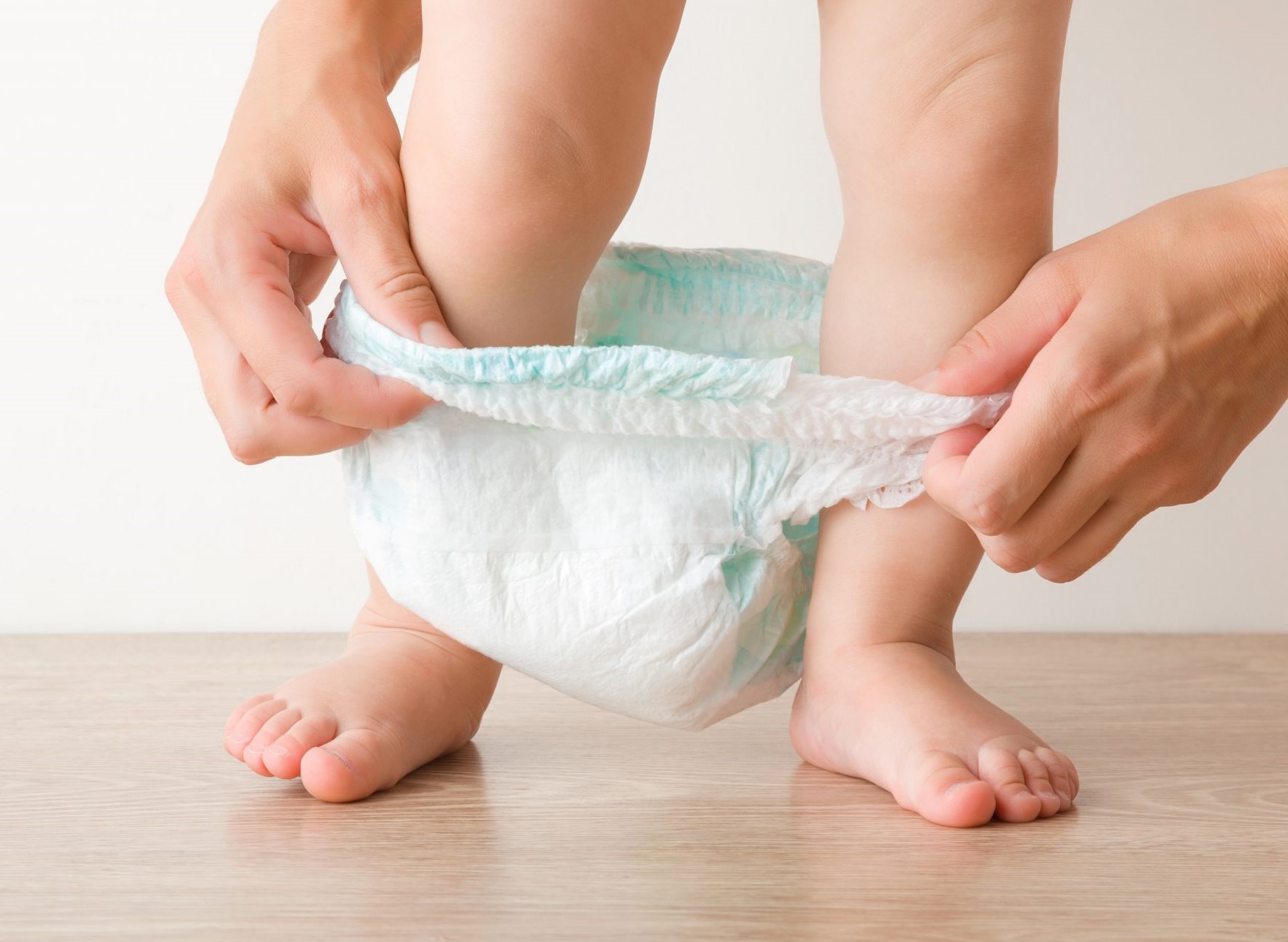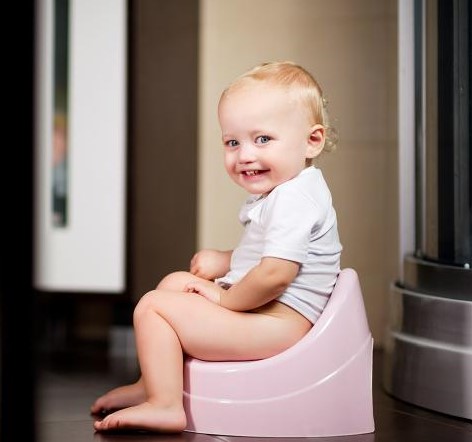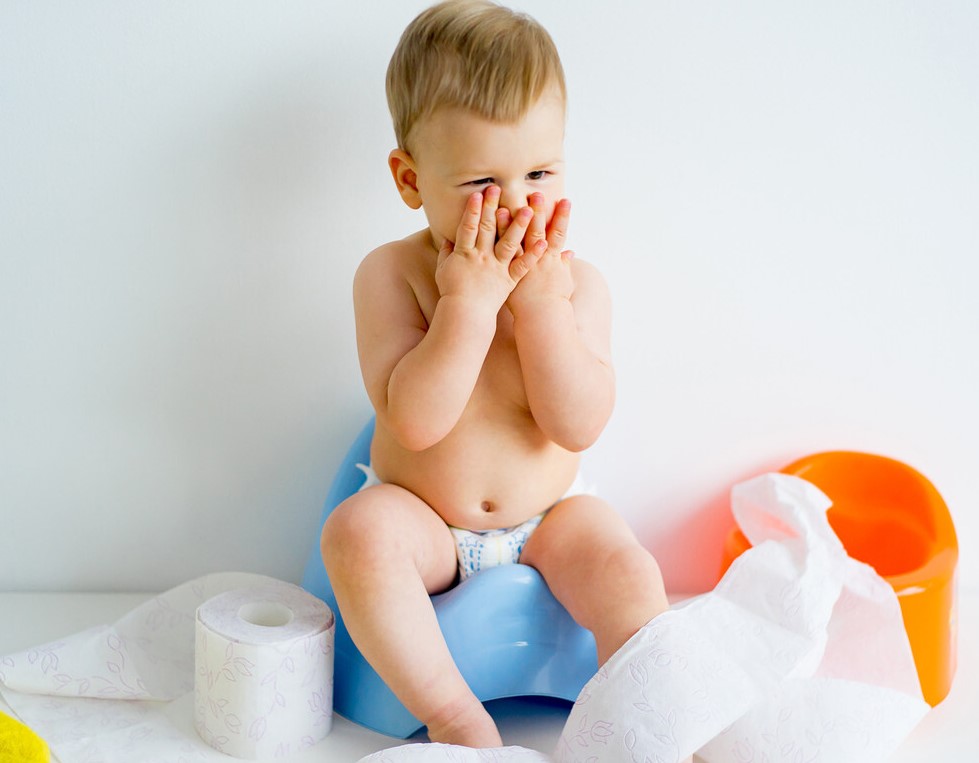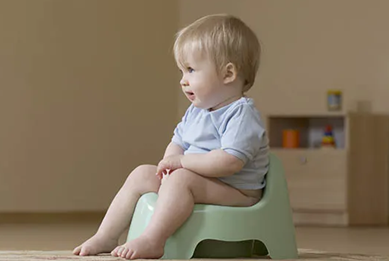
The Best Age to Leave Diapers
The question many families ask is: what is the best age for a child to leave diapers? There is no single answer, as every child is different. However, “there is no specific age.” It is recommended to observe signs of physical and emotional maturity, such as interest in the bathroom or discomfort with dirty diapers, all this with the aim of leaving diapers.
Steps to leave diapers
The process of leaving the diaper is an important milestone in a child’s development. Here are the essential steps to achieve it.
Preparation
- Create a nurturing environment: Prepare a child-friendly space during the transition.
- Open communication: Talk about the diaper process in a positive and understanding way.
Observation and Reading of Signals
- Listen to physical cues: Observe evacuation patterns and show interest in the toilet.
- Verbal expression: Encourage the child to express when he feels the need to go to the bathroom.
Equipment Selection
- Choose potty or adapter: Allow the child to choose between a freestanding potty or adapter in the large toilet.
- Purchase of appropriate clothing: Acquire easy-to-handle garments so that the child can go to the bathroom without problems.
Establishing Routines
- Regular schedules: Set specific times to go to the bathroom, such as after waking up and before bed.
- Friendly reminders: Use alarms or songs as toilet reminders.
Positive Reinforcement
- Celebration of successes: Praise the child when he uses the toilet successfully, reinforcing his achievement.
- Patience and support: Show patience in the face of accidents and offer emotional support.
Modeling and Accompaniment
- Model behavior: Allow the child to observe an adult using the toilet to learn visually.
- Initial accompaniment: Accompany the child to the bathroom at first, then give him more independence gradually.
Avoid Pressure and Punishment
- Avoid scolding: Do not punish or shame the child for accidents.
- Keep him relaxed: Reduce pressure and create a calm environment to minimize anxiety.
Night
- Night training: Introduce toilet use during the night, reducing fluid intake before sleeping.
- Night protection: Wear absorbent protectors while adjusting to waking up to go to the bathroom.
Celebrating Success
- Final Achievement: Celebrate the successful step of leaving the diaper, highlighting the child’s growth.

Teaching a 2-Year-Old to Give Up Diapers
The transition from diapers to underwear can be challenging, but with patience and focus, it can be accomplished by age 2. “Creating a routine” around the bathroom helps the child understand the process. Letting the child sit on the toilet, even if he does nothing, can familiarize him with the process.
Leaving the Diaper at 3 Years
By age 3, many children are ready to leave diapers. “Encouraging communication” is essential. Reminding the child to use the bathroom before going out or after eating creates a connection between actions and the bathroom.
Leaving the Diaper at 4 or More
Some children may need more time, and that’s okay. At age 4, “respecting their pace” is critical. Avoiding pressure and scolding is essential. Celebrating small successes, such as using the bathroom for the first time, can motivate the child.

Leaving the Diaper to a Child Who Does Not Speak
Lack of verbal skills should not stop the process. “Observing nonverbal cues” such as body language can help. Creating a routine and using visual cues, such as a toilet picture, can facilitate communication.
Helping a Child with Autism Leave the Diaper
Children with autism may face additional challenges, but patience and the right approach can make all the difference. “Creating a predictable environment” is key. Maintaining a consistent routine and using visual supports can reduce anxiety.
When the Child Does Not Want to Leave Diapers
If the child shows resistance, it is important to “not force the process.” Forcing it could breed aversion and slow progress. Instead, showing enthusiasm for small advances and giving the child a sense of control can make him or her more comfortable.

Psychological Effects of Quitting Diapers
The transition from diapers to underwear can have positive psychological effects. It helps the child develop a sense of accomplishment and self-confidence by taking responsibility for their own body. It can also foster their independence and self-esteem.
The transition from diapers to underwear is an important milestone in a child’s development. There is no precise age to leave diapers, as each child has his own rhythm. However, it is essential to be on the lookout for signs of the child’s physical and emotional maturity. Whether at age 2 or later, the process can be facilitated by creating routines, actively involving the child and adapting to their individual needs.
Montessori philosophy emphasizes independence, which can be applied to the process of leaving the diaper. Involving the child at every stage, from choosing their underwear to using their own “changing table,” can empower them and boost their self-confidence.
Don’t forget
Communication plays a crucial role in this process. Reminding the child to use the bathroom at key times of the day creates important associations. For children who are non-speaking or have autism, using visual cues and creating predictable environments can make the process more manageable.
If the child shows resistance, it is vital to avoid pressure and forcing. Instead, celebrating small accomplishments and allowing the child to take control can make the process more positive. The psychological effects of leaving the diaper are profound, as the child develops a sense of responsibility, independence, and self-worth.
Ultimately, the process of leaving diapers is an opportunity for the child to develop important skills and take pride in their accomplishments. With patience, understanding, and focus on the child’s individual needs, this transition can be a rewarding experience for the entire family.
For more articles like this, click here
